Earlier this week I spoke with graduate and undergraduate students pursuing a sports medicine/athletic training degree from the University o f Alabama. Of all the schools in the country, I thought it was quite ironic that I had a connection with their college town (Tuscaloosa was the sight of the 2008 Olympic Trials and upcoming US Nationals in September). I spoke with an athletic trainer who works with athletes at the Olympic Training Center on a daily basis. I was there to give an athlete’s perspective. The topic: recovery….if there is one thing I have learned the over the past six years being an elite athlete; it is the importance of listening to your body and techniques to properly recover.
I have heard the saying, “It’s not how hard you train, it’s how hard you recover.” The past several years I have realized how true this saying is to reach your top potential and to try and avoid injuries. Of course pushing our bodies to the limits on a weekly basis, injuries due occur throughout an athlete’s career. However, with proper recovery techniques, these injuries can be greatly decreased.
Thinking back to my college days and running at the NCAA level, I realize now how poorly I was at recovering. I did not have much knowledge on nutrition, proper sleep, and stretching techniques…just to name a few aspects. In fact, recovery based training is scientifically proven that it really works, where as ten years ago this type of training was not too well known.
The training center in Colorado Springs has an entire building devoted specifically to recovery techniques. Three years ago, this center opened to all resident athletes and available for athletes to use as much or as little as they choose. Athletes are allotted 90 minutes of massage per week. In addition, the center is equipped with a dry and wet sauna, cold bath, hot tub and a yoga or stretching room. Recently, Norma-Tec pants have been added for athletes to use post workout or between workouts. These pants help flush out waste from the legs, similar to a massage. With nutrition being a fundamental key to recovery, the center is stocked with bars, fruit, and plenty of fluids. If an athlete chooses to take advantage of all the recovery tools, this can definitely give he/she the extra edge needed to perform at their best.
Just as training can be individually based, I feel recovery works the same way. A certain recovery technique that works best for athlete A, may not work best for athlete B. Find what works best for you! Some of the key recovery techniques that I use and pay attention to: 1) nutrition/hydration: making sure you are fueled properly pre/during/post workout. Fueling within 30 minutes with after finishing a quality session is key for the muscles to recover. 2) sleep/rest: The best way for the body to recover is quality sleep. Sleep is one of the best ways for me to listen to my body and know that I am properly recovering. If I begin to have consecutive poor nights of sleep, this alerts me I may be “overtraining”. 3) massage: This is a great way to flush the legs after travel or tough training. I feel massage is a great way to prevent injury as well 4) ice bath : After a high intensity bike or run session, ice baths are a great way to help flush out the legs and get them ready for another challenging session the next day 5) strength training/stretching –I spend time daily working on my flexibility and strength training all the “little” muscles to help prevent injury and improve my performance in addition to strengthening the large muscle groups 6) compression tights—I find these are great for travel or after a key workout…they keep the blood flowing in the legs to speed up recovery. If for some reason I can’t prop my legs up after a tough workout and going to be on my feet; the compression socks are a must.
Good luck with your race season and don’t forget to recover!
Monday, May 24, 2010
Subscribe to:
Post Comments (Atom)
All Matching!

Some of the new 2011 TYR cycling kits matched great with my Fuji and Zipp wheels!
Run Shots!

New 2011 run gear. Poor TJ was quite sore after his 70.3 the weekend prior.
Downtown Sydney

This is taken from the 20th floor of my hotel room. You can see just to the left where we swam in near the Opera House.
Check out the Scenery

Out training in Idaho before heading to the airport! Beautiful lake in the background.
Ready For 2024!
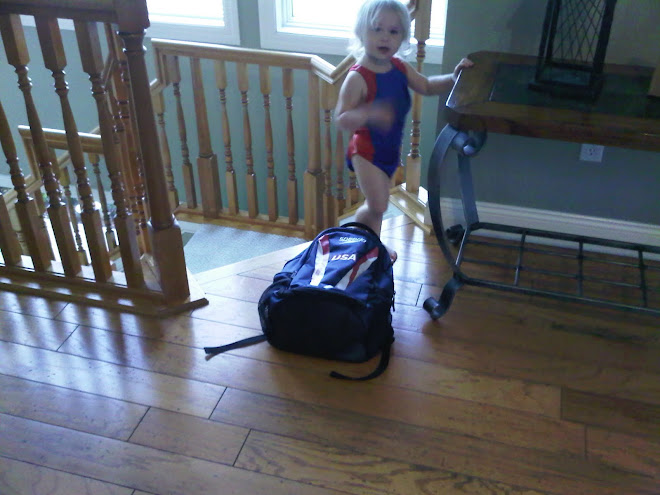
My niece has my suit and Speedo backpack...ready to train (but I think she mentioned she was going to Six Flags!)
Marin Triathlon
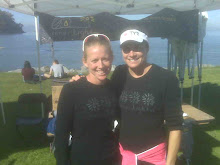
Becky and I hanging out at the awards post race
Seoul WCS Finish Line
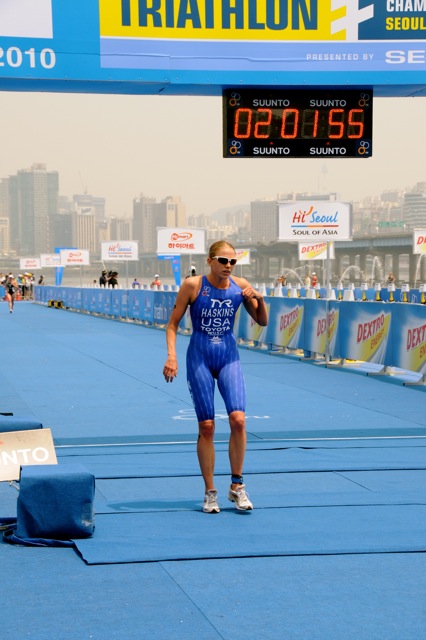
I though I had finished the race, but I forgot to cross the timing matt completely until 10 sec later!!
Holding the Cup!
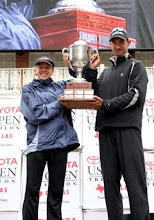
Race to the Toyota Cup winners in Dallas, Texas. The cup was heavy...and brrr it was a cold weekend in Dallas!
Post-Race
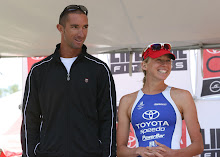
Matt Reed was first for the men's race
Crossing the Tape
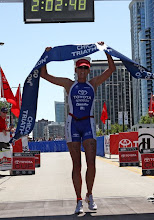
Always a good feeling to break the tape!
On the Bike in Minnesota

Here I am on my Blue at the Lifetime Fitness Triathlon this past Saturday
LTF Swim Start
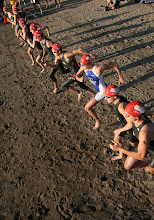
Here we are right at the horn (I am in the Blue). Thank Paul Phillips for all the great pics more at: http://www.competitiveimage.us/tri/Sarah-Haskins/index.html
Bike Shot
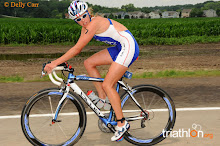
Out on the bike course---quickly going through my bottles!!
Flying Dive
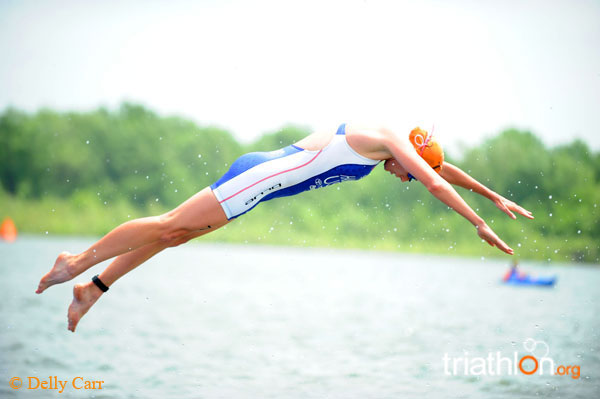
Here I am headed back into the water after the first lap.
Crossing the Finish!

4th place
T2

I am headed into the transition area--ready to run!
Washington DC WCS #3

Here is a pic of my bike pack out on the course
Ready, Set....GO!
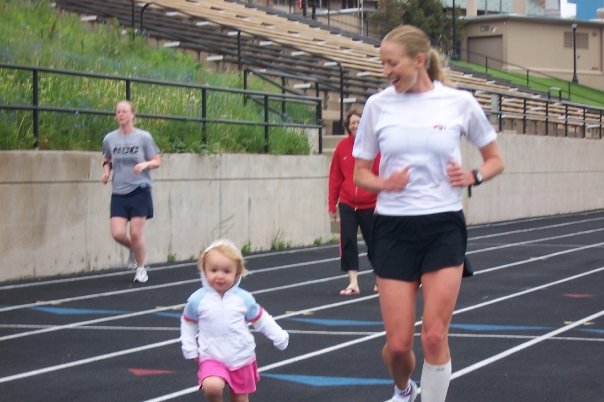
My parents came to visit me in Colorado over Memorial Day weekend (Nate was out of town). They came along to a track workout and Sarah wanted to race me!!!
Cheyanne Mountain Zoo

Feeding the giraffes---they have LONG tongues...
Enjoying a Popsicle!

Maybe most is not getting in her mouth...but that's not always the point, right? Sarah and my parents are enjoying a lunch at the training center.
Run Workouts For Runners and Triathletes

Here is a picture of Bobby McGee's new book.
Babies are Wiped Out

Megan and I are holding the sleeping girls---
Sarah, Sarah and Anna

Sarah (2 yrs) is getting to know her new baby sister!
Sarah Sharing Her Tags!

When Sarah goes to sleep she puts the tags from her blankets on her eyelashes (she always uses the yellow one). She also thinks everyone else wants the tag when they sleep too---including her newborn sister!
Mom, Baby and Sarah

Megan and Anna are both doing well. This picutre was the day Megan and Anna got to come home from the hospital. Sarah giving Anna some snuggels!
Michael and Meghan's Wedding

Nate and I are getting ready to walk down the asile for my brother's wedding.
High Powered Fans

These fans are the horsepower of the tunnel...very powerful! They can simulate speeds of 80mph.
Holding the Flower Girl!

Feb. 14th wedding day....Nate and I are holding our niece, Sarah. She did a great job walking down the asile at 23 months!
Inside the Tunnel

On my Triad, in my new aero position!
Last Minute Travel

Here we are with our U-Haul...we made it safe and sound!
Wren Hollow Elementary
A couple of weeks ago I went back to my Elementary school and spoke to the kids about Triathlon, goal setting and the Olympics! They gave a wonderful welcome with signs, posters, and cheers!
Christmas Morning

My Mom, Sarah and I are playing with Sarah while she is enjoying her new toy. This elephant is very strong...my Dad sat on it and it held (he is 230lbs!!)
Tulsa, Oklahoma

Here is Jess snuggling with her babies (Gwen and Rowan). Gwen looks a lot like Jess and Rown look like his daddy, Lucas.
Snow!

This view is off my parents deck (the last picture showed the many colors of fall...but winter can be beautiful too!)
Post Parade

Busch Stadium in the background....looks different without the crowds!
On the Run in Beijing

Racing in the Olympics---if you wonder what the black strap is in my suit, it is my timing chip. It was falling off of my ankle on the bike and I did not want it to get stuck in my chain ring, so I ripped it off and shoved it in my suit!
Another View of Winter

Same view as earlier blog post, but with snow!
Holiday Night Out to Dinner

Nate and I with Tommy, Sarah (brother-in-law and his finace) and a friend of Sarah's. Tommy and Sarah are getting married October 17th.
Wedding in Minnesota

Nate, my cousin Matt Beasley, his wife Lindsay and I. The wedding was beautiful!
Thanksgiving Parade

Here I am ready to ride in the yellow Mazda (sponsor for the parade). It was great to see all the families and kids out to watch...
Fall Folliage

View off my parents deck
Fall Folliage

View from my parents deck
Lake Shot

View of the pond on my parents property






















No comments:
Post a Comment